I wrote on Monday, following my visit to my hometown of Flemington, New Jersey, about how I love to explore more deeply places I already know, and learn the granular details and history behind places I drive or walk by all the time.
“I don’t feel any wanderlust for foreign places,” I wrote. “Rather, I find that I enjoy exploring places I’m already familiar with: treating them as if they’re new, seeing a little more detail, learning a little more history.”
This is one of those pieces.
As I’ve written about a fair bit recently, Flemington is finally seeing some new development, including a big project of Main Street that includes heavily renovating the iconic Union Hotel.
During one of my visits into town, I met Flemington’s mayor, and she graciously showed me around the worksite on Main Street. I’ll probably be sharing a little more about that, but the highlight of the visit was actually in this 19th century Main Street building that now houses a newsstand/convenience store.
New Jersey historian and blogger Marfy Goodspeed wrote about this building last year. The first surprise: it looked different when it was built—the exterior appears to be wood, not brick—and it was once an oyster house! Built some time in the 1800s, its storefront probably hosted a number of businesses over the decades, and it may not have begun life as an oyster house. This is the picture she shows in her piece. (There’s also some really interesting stuff about the oyster craze that swept America in that period.)
Ordinarily, that would be enough for one of these posts. But there’s also this tantalizing bit of information down in the article:
Patti Deluca and Richard Higgins, in a recent Facebook conversation, recalled that the building was an oyster bar with an icehouse in the back. The ice was delivered through a manhole in the front of the building and may still be there (i.e., the manhole, not the ice).
Here’s that ice house structure behind the main building, captured in 2017 on Google Street View. That area is blocked off by the Union Hotel project now, and I’m not positive the ice house is still there.
And in front of the building, as you can see in my photo above, is the manhole.
Now later on in her article, Goodspeed clarifies what is or isn’t still there—but I missed that part when I read it. So I asked the mayor if the old ice-delivery room was still there. She walked us over to the store, asked the fellow at the counter if we could go downstairs, and told me to follow her down a narrow staircase.
Here’s the manhole.
The whole ice-delivery room, with the manhole at the top middle (and maybe oysters were also stored here?)
And the view of the narrow staircase on the left, and a larger basement under the whole building.
Isn’t that just the coolest thing? I can’t count the number of times I’ve walked over that segment of sidewalk, past that store and manhole, and never had any idea there was anything underneath it, and only the most theoretical understanding that it had ever looked any different.
Related Reading:
A Magnificent Liquor Store in High Bridge, NJ
Thank you for reading! Please consider upgrading to a paid subscription to help support this newsletter. You’ll get a weekly subscribers-only post, plus full access to the archive of over 400 posts and growing. And you’ll help ensure more material like this!

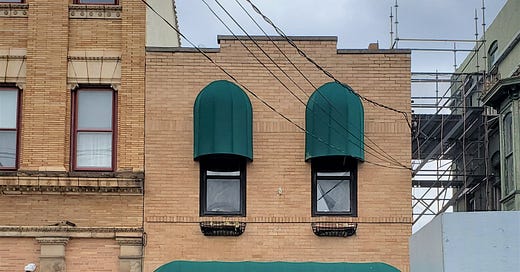



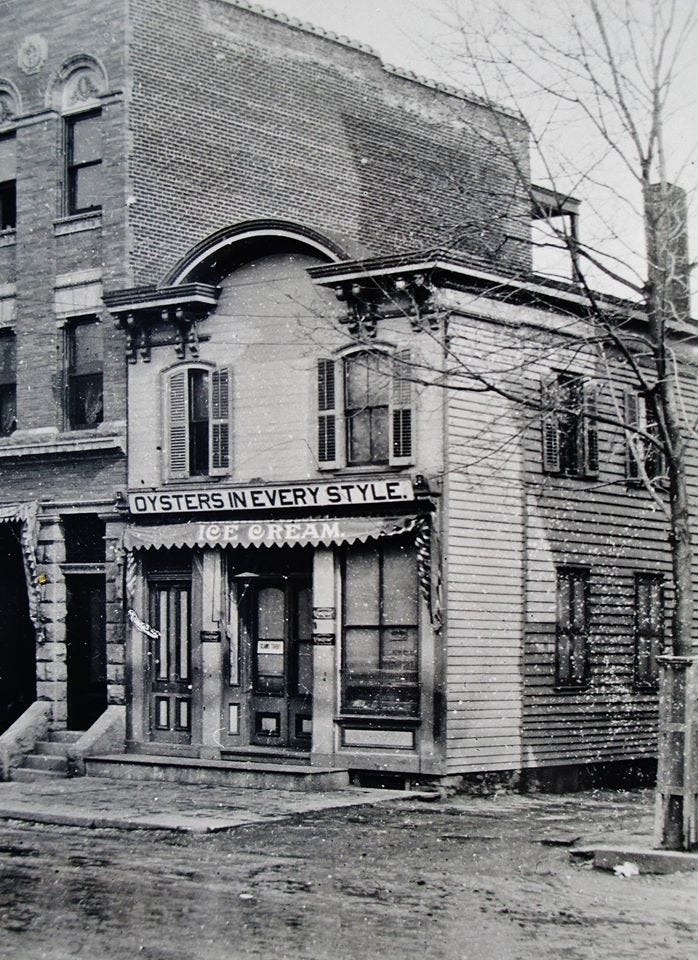

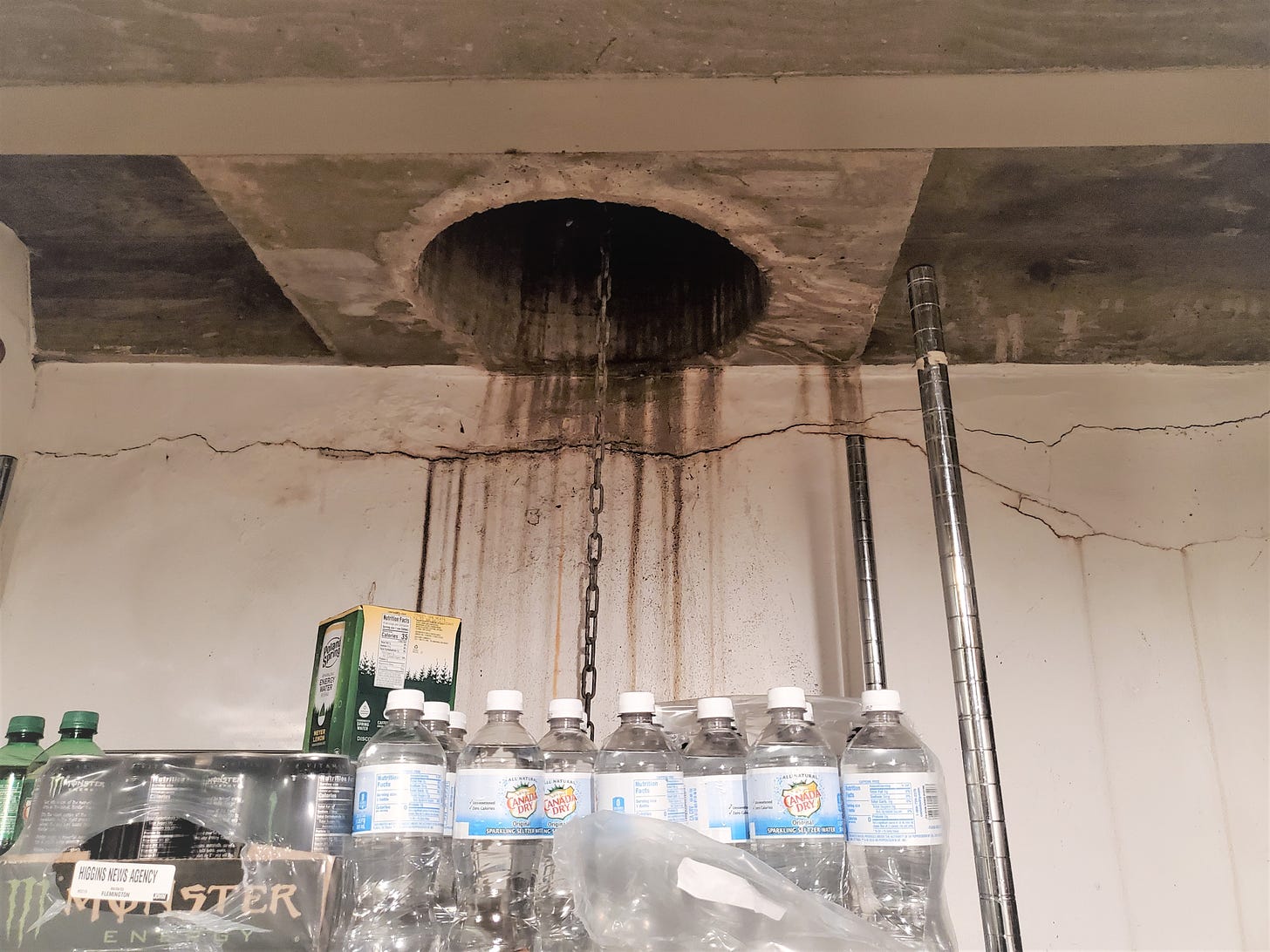
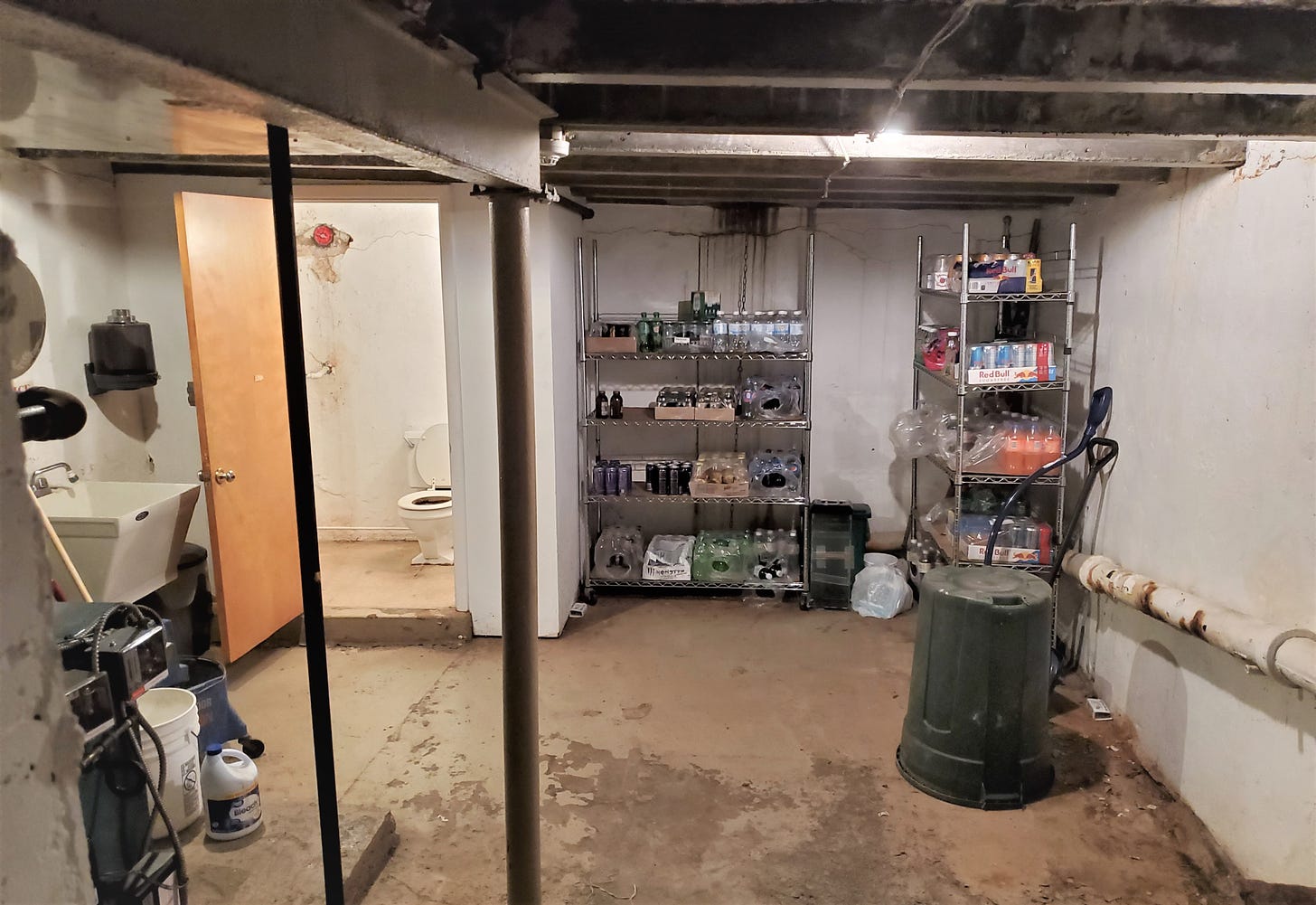
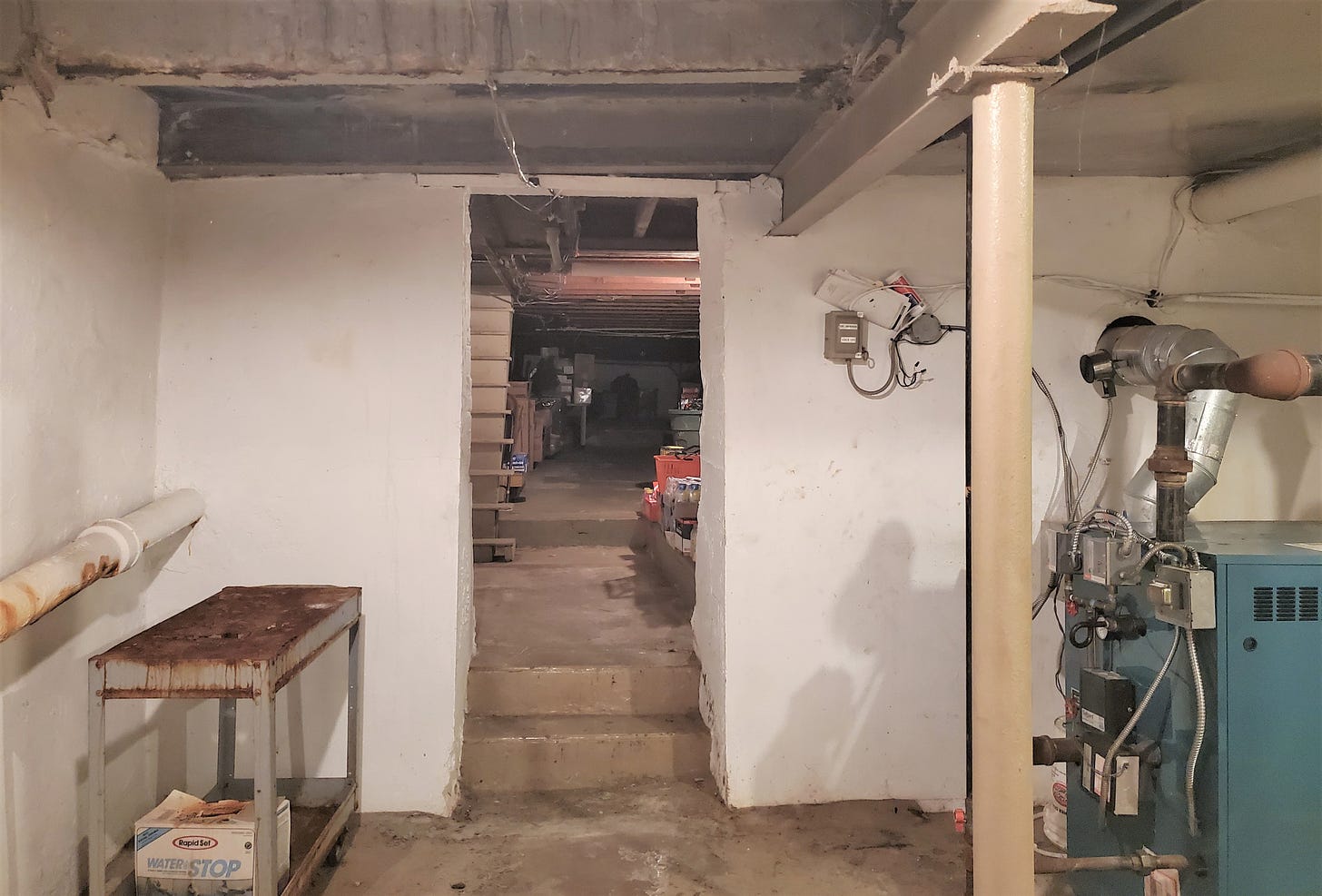
Your comments about deeply knowing a place reminds me of my late sister’s journal entry regarding Thoreau’s quote about the topic...
https://elizabethhunter.substack.com/p/may-31-1994?r=elrxp&utm_medium=ios
Anyone who quotes Marfy Goodspeed is worth a paid subscription. Thanks!